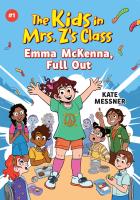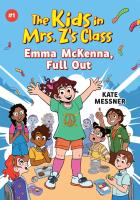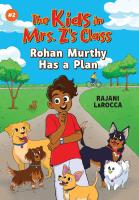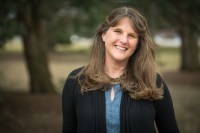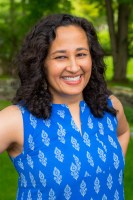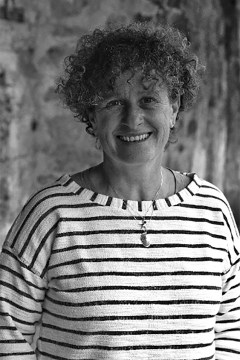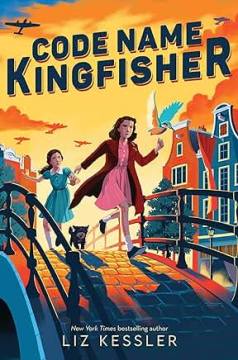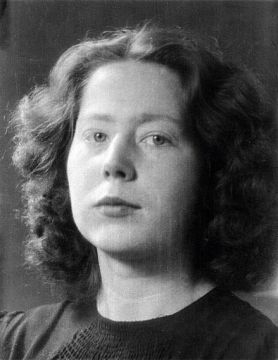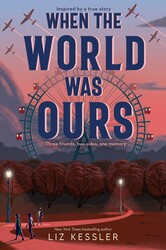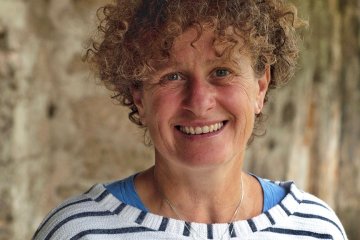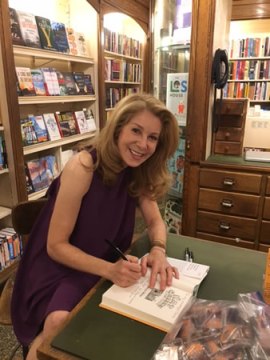I’m a huge fairy tale lover, and I just discovered Leah Cypess’s Sisters Ever After series. How did I miss this?! Her latest book in the series, BRAIDED, is coming out May 28. I’m so excited that I got to interview her for our Mixed-Up Files readers!
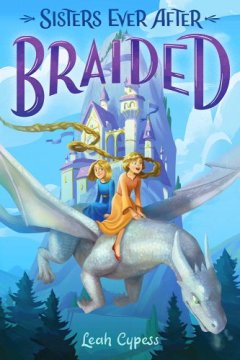 Please tell us a little bit about your upcoming novel, BRAIDED?
Please tell us a little bit about your upcoming novel, BRAIDED?
BRAIDED is the story of Rapunzel’s little sister, Cinna, who grew up longing for the return of her kidnapped older sister. The book starts right after Rapunzel’s rescue from the tower. Cinna can’t wait to help her sister take her rightful place as the heir to the throne. But Rapunzel is not what anyone—including Cinna—expected. And whoever took her might still be lurking in the castle…
I’ve always loved the story of Rapunzel (and have recently been looking at some of the origins of it myself). What kind of research has gone into writing this book (and your others)? Have you fallen down any interesting rabbit holes?
I started out by reading The Rebirth of Rapunzel by Kate Forsyth, which you’ve probably come across if you’ve been looking into the origins of Rapunzel! I found the book fascinating, but ultimately I decided to make BRAIDED more of its own story (and more related to TANGLED, despite Forsyth’s dislike of that movie). The previous book in the Sisters Ever After series, THE LAST ROSE, got about as dark as I want to go with these retellings; for BRAIDED I focused heavily on the question of, “What would make this story fun for my readers?”
I ended up doing a lot of research to flesh out the magical system in BRAIDED, since Rapunzel and her sister do magic by braiding spells into their hair. And that let me down a pretty intense rabbit hole about braids and hairstyles. For a while, Instagram was showing me nothing but hair reels all the time. And for a while, my youngest daughter’s hair was very fancy every day.
I’ve found myself drawn to fairy tales these last couple of years, and I absolutely love the idea of looking at the stories from the point of view of the siblings. Can you tell us what inspired you to write fairy tale retellings, and how these unique points of view came about?
I have always loved fairy tale retellings. There’s something about playing with a very familiar story, one baked into our cultural memory, that is both incredibly fun and enormously satisfying. Ideally, you create a twist that draws on the power of that original story while simultaneously examining and/or subverting it.
One way to do that is to tell the story from a different perspective – from the point of view of someone the original fairy tale didn’t consider important or didn’t include at all. With the Sisters Ever After series, that approach is baked into the way I tell the story. But because sibling relationships are so varied, but it still allows me many different ways to use that new point of view. I’ve been having so much fun with it.
You’ve written novels centered on Sleeping Beauty, Cinderella, The Pied Piper, Beauty and the Beast, and, now, Rapunzel. (And, I believe The Little Mermaid is up next). Did you have a favorite fairy tale as a kid? What about it did you love?
My favorite fairy tale growing up was The Twelve Dancing Princesses, about princesses who wear out their dancing shoes every night in a secret faerie realm. I think what I love about that story is how complex it is about what the princesses are doing and why. The story is pretty clear that the princesses are not being forced to dance—they are actively sneaking away and deceiving everyone around them—and yet, in the end, the dancing is what they have to be saved from. Obviously, that’s an easy story to turn on its head, but I like the tension in the fact that the faerie dancing is both fun and dangerous.
Originally, I was going to do The Twelve Dancing Princesses as one of the Sisters Ever After books! But everyone I told about the idea was confused by why on earth that story would need a thirteenth princess. In the end, I wrote two short story retellings of the Twelve Dancing Princesses but never a book. Yet.)
We’re big fans of teachers and librarians here at From the Mixed-Up Files. Could you tell our readers about a teacher or a librarian who had an effect on your reading or writing life?
I’ve been lucky to have a number of teachers who encouraged my interest in reading and writing. My first “publisher” was my first grade teacher, who compiled a booklet of students’ stories. (My story was written from the point of view of an ice cream cone.) In fourth grade, I used to sneak books into class and read them under my desk during math class. My parents told me years later that my teacher knew perfectly well what I was doing but decided to let me get away with it.
Libraries have been a huge influence on me since before I was born. My father grew up very poor, and his family could barely afford enough food; they certainly didn’t buy books. The fact that he could go to the public library and read as many books as he wanted was part of what transformed him into a reader, and the fact that he was a reader was part of what made me into a reader. I am hugely grateful to libraries.
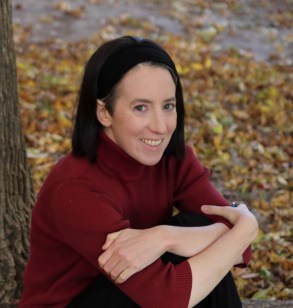 You’ve been writing since first grade, and sold your first story while still in high school. Do you have any advice for our middle grade readers about getting started on a writing life?
You’ve been writing since first grade, and sold your first story while still in high school. Do you have any advice for our middle grade readers about getting started on a writing life?
Shortly after I got my first publishing contract, I saw this quote on Mandy Hubbard’s blog: “A published author is an amateur who didn’t quit. Don’t quit.” I think that’s the best advice I can give! I would also suggest that you pace yourself in your writing development… first find your own voice and style, then find a critique group to polish it, and only then should you start worrying about publication.
Where can our readers find you?
My website is www.leahcypess.com. The place where I most reliably post writing news these days is on my Instagram, Leah Cypess. And if anyone is interested in getting a personalized signed copy of BRAIDED, I am running a preorder campaign through a local independent bookstore, People’s Book.
Thanks so much for visiting with us, Leah.
Readers, be sure to check out BRAIDED and the other books in Leah’s Sisters Ever After series. Do you have a favorite fairy tale? Let us know in the comments.

